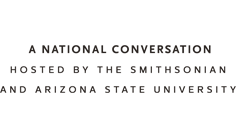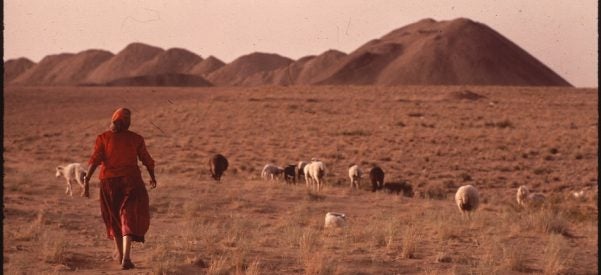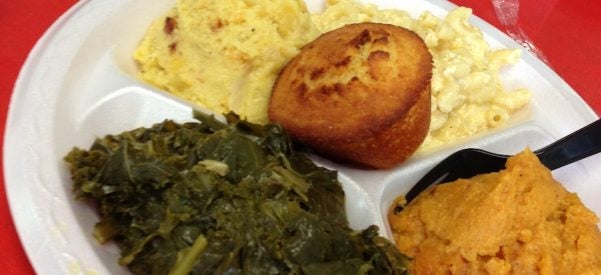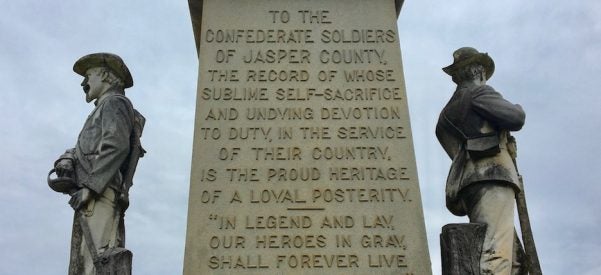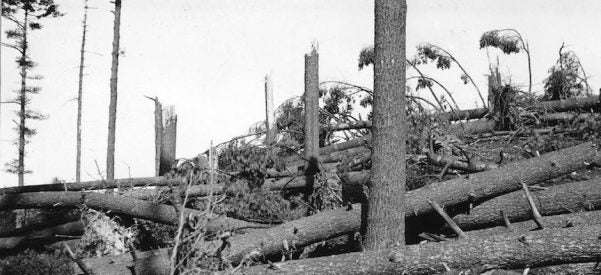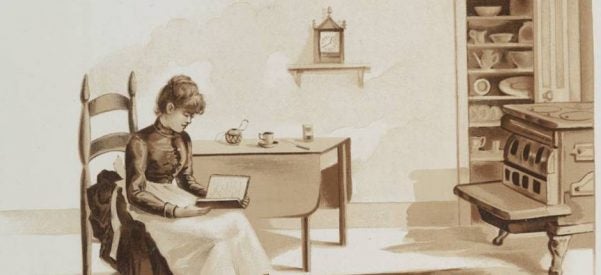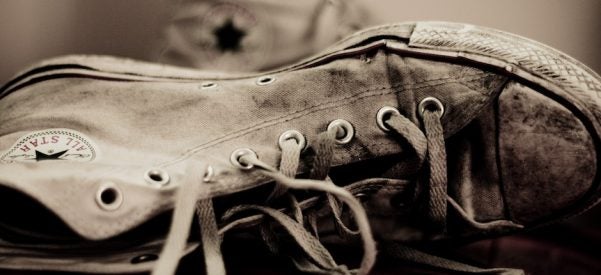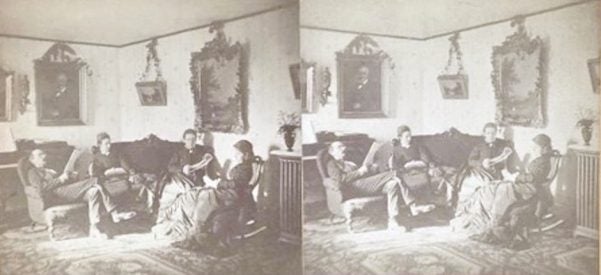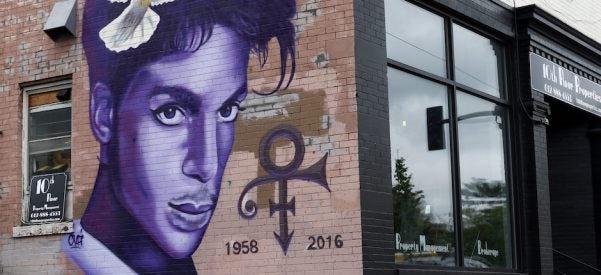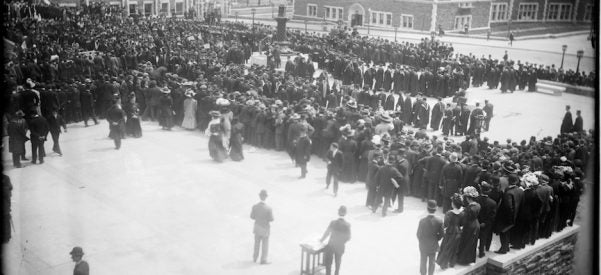Why Sheep Started So Many Wars in the American West
Each Year, an Idaho Festival Honors the Shepherds Who Sought to Keep the Peace
In early October, when the leaves turn golden and the shadows of the Sawtooth Mountains lengthen, the annual Trailing of the Sheep Festival moves through south central Idaho. The festival, complete with a sheep parade, sheepdog trials, and a wool fest, celebrates the long relationship between sheep and their human companions.
Sun Valley, Idaho, is synonymous with New West wealth, but it sits in the Wood River Valley, where more humble ranchers and farmers have long made their living. In the …

